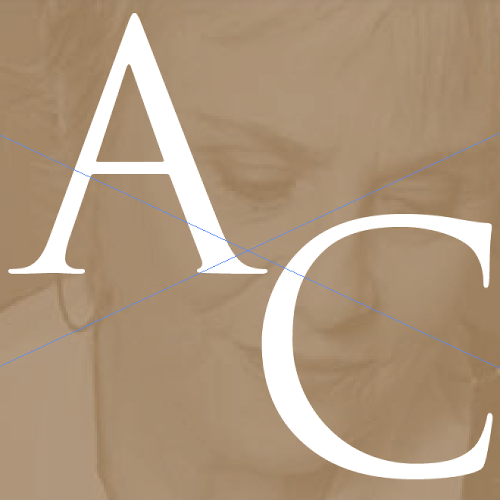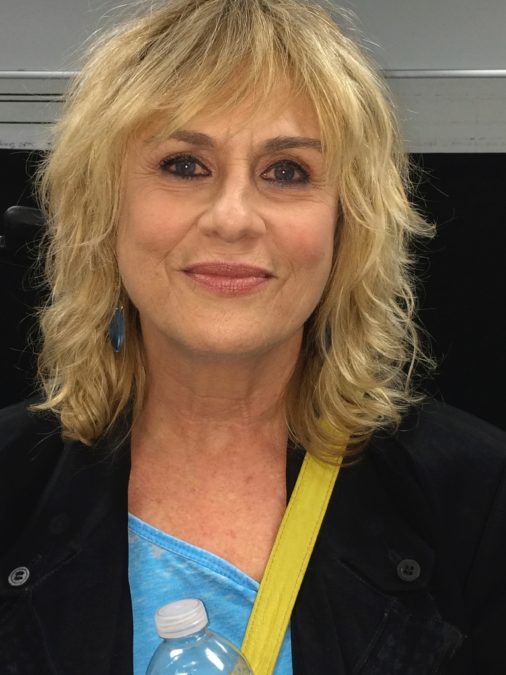MY WEEKLY BLOG
TELL ME A STORY
I was studying ballet quite seriously at thirteen years old. I shuttled from Worcester to Boston four times a week, an hour and a half ride each way, for a three hour training session. Sometimes my mother would drive me. When she couldn’t, she dropped me off at the bus station when school let out and I would take the Greyhound to the ballet studio. It was a long trek for a small girl all by herself, and to pass the time, I would look at the people around me and make up stories about them.
I imagined that the girls behind me who were whispering and
laughing had snuck out and were meeting their boyfriends. A young man at the back of the bus was an athlete on his way to play a championship game. A woman in the front row had had a row with her husband and had left her family to start a new life somewhere else. My biggest fear was that I would fall asleep and miss my stop, so the story telling made the ride less monotonous, it kept me awake, and before I knew it, I was at my destination.
Our stories are our life blood, a part of our DNA, the way we uniquely see life. They spark our imagination and transport us to other places, new places, places we have never been but are yearning to explore. Or places that don’t exist in real time. “Tell me a story.” Children have been saying this since the beginning of time. Ever since I can remember, story-telling has intrigued me and taken me on wild rides. Rumpelstiltskin spinning straw into gold. Alice in Wonderland growing ten feet tall. A spider writing messages in its web. Jack climbing up the beanstalk and meeting the giant. A secret garden that could heal children.
Clarissa Pinkola Estes, a senior Jungian analyst and award winning author, remained on the NY Times Bestseller lists for 145 weeks in 1992, with her book, “Women Who Run With the Wolves,” a collection of myths and stories about Wild Woman archetypes. She calls story-telling a medicine that heals the soul. I agree wholeheartedly. In my writing classes, I encourage my students to expose the painful secrets in their hearts by putting their stories
on the page. In this way, they are sharing their life lessons with their
readers, not by hitting them in the head with directives and “shoulds.” Rather they are sharing their hard earned knowledge and encouraging others to learn from what they experienced. It’s an offering. When we are courageous enough to reveal the secrets we’ve been carrying for longer than we can remember, we feel
lighter and more hopeful. We feel compassion for ourselves when we remember what we’ve endured and survived. And we feel gratified that perhaps someone else can understand our trials and avoid making the same mistakes.
It isn’t so much life itself that causes us distress. It’s howwe interpret it. The stories we make up. Imagining the worst and creating a narrative around it can take you on a downward spiral, leaving you hopeless and regretful about something that never happened and never will. But when you interrupt that process, when you make up something positive and hopeful, you can find freedom and flexibility in the face of uncertainty and change, the unavoidable ingredients that make up life. This is not about repression. It’s about allowance, seeing the story for what it is and finding compassion for the story
teller. That would be you.
Poet Laureate, Maya Angelou, said, “There is no greater agony than bearing an untold story inside you.”


Recent Comments